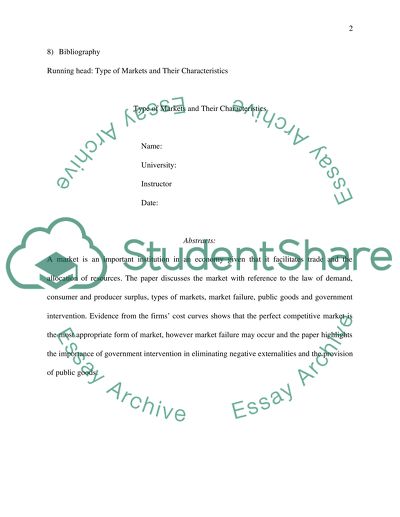Cite this document
(“Type of Markets and Their Characteristics Term Paper”, n.d.)
Type of Markets and Their Characteristics Term Paper. Retrieved from https://studentshare.org/marketing/1559318-type-of-markets-and-their-characteristics
Type of Markets and Their Characteristics Term Paper. Retrieved from https://studentshare.org/marketing/1559318-type-of-markets-and-their-characteristics
(Type of Markets and Their Characteristics Term Paper)
Type of Markets and Their Characteristics Term Paper. https://studentshare.org/marketing/1559318-type-of-markets-and-their-characteristics.
Type of Markets and Their Characteristics Term Paper. https://studentshare.org/marketing/1559318-type-of-markets-and-their-characteristics.
“Type of Markets and Their Characteristics Term Paper”, n.d. https://studentshare.org/marketing/1559318-type-of-markets-and-their-characteristics.


